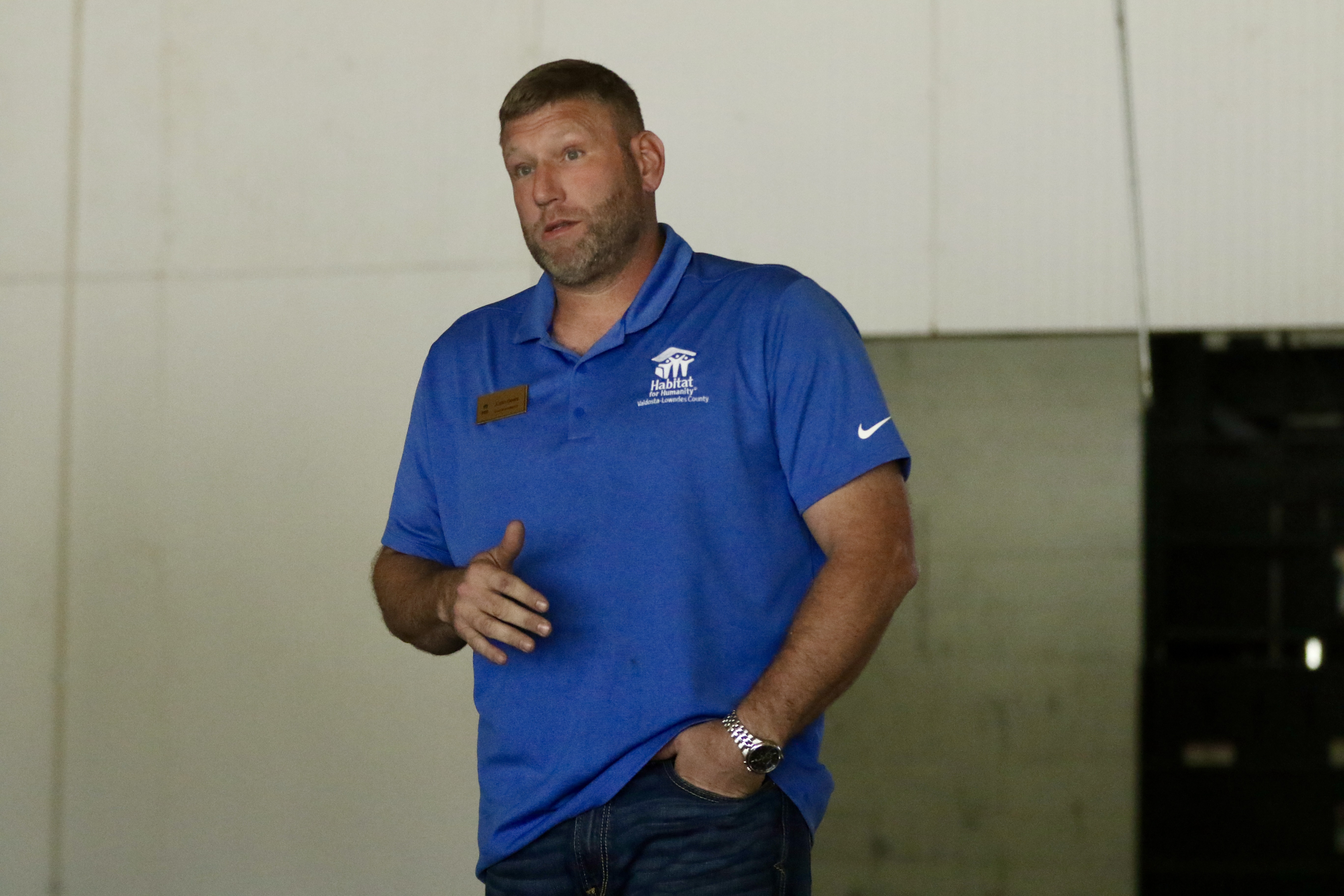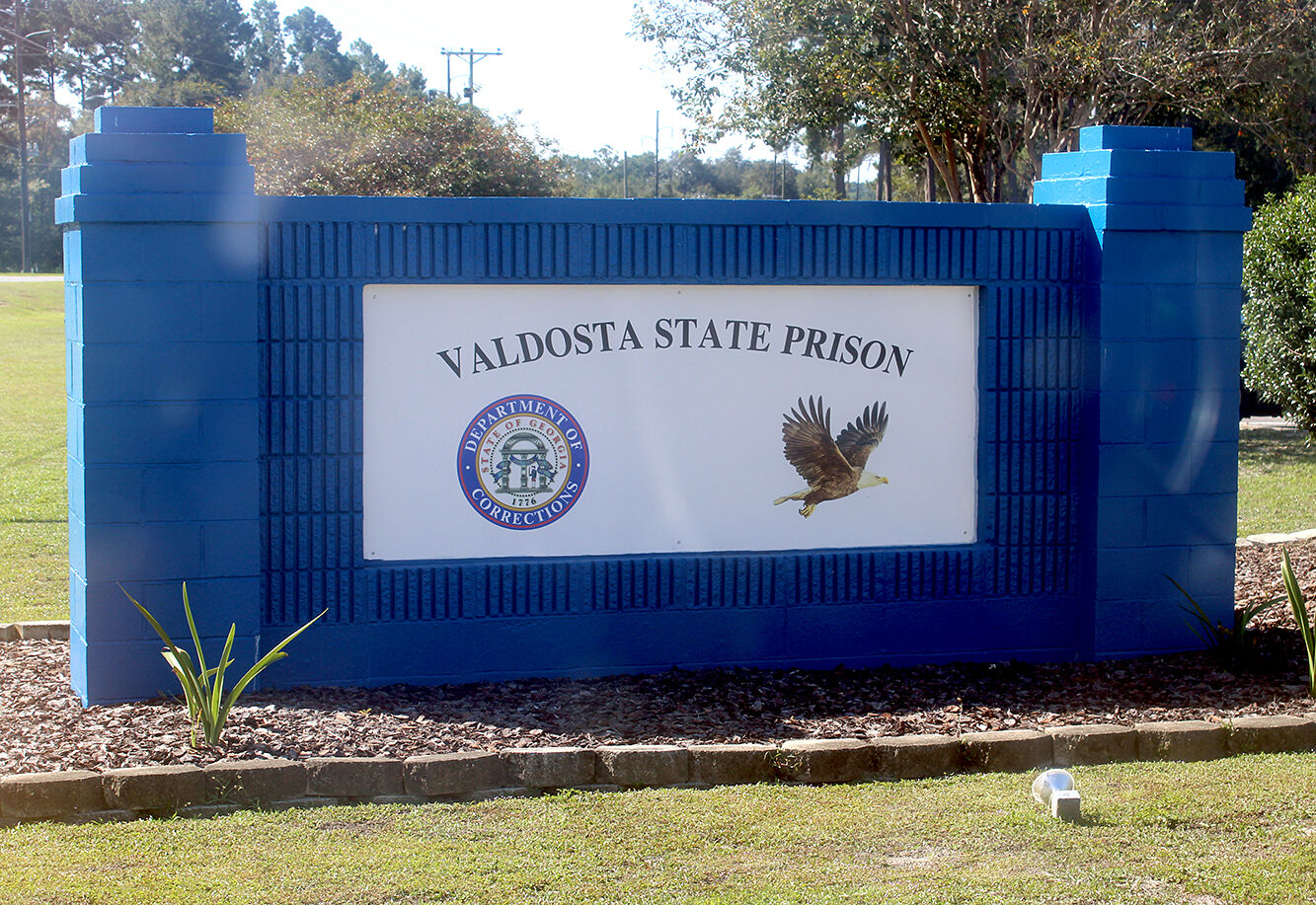Gophers slow construction
Published 5:51 pm Wednesday, June 13, 2007
An estimated 19 gopher tortoises have delayed the beginning of the construction of a plant by Maronda Integrated Production Systems, a producer of pre-manufactured roof and floor trusses. The company plans to build a plant in Genoa on approximately 46 acres along US 41, between CR 132 SE and 143rd Ave. When the first phase of construction is complete, the company will hire between 25 and 50 employees. After the other phases are completed within a two-to-four year timeframe, the plants will employ 125 or more people.
Before Maronda could file for the necessary permits for construction, a Phase I Environmental Assessment and a Protected Wildlife Study had to be conducted. A survey of the property for gopher tortoise activity was carried out in April and 33 burrows were found. Gopher tortoises are listed by the state of Florida as a species of special concern.
According to the Florida Fish and Wildlife Conservation Commission (FWC), without proper management, gopher tortoises are likely to become a threatened or endangered species. Tortoise burrows also serve as habitats for a variety of other wildlife species that are listed as species of special concern or as threatened species.
Due to its protected status, it is illegal to take, harm or harass a gopher tortoise. Anyone who plans any development in gopher tortoise habitat has several options: Avoid development in the area occupied by tortoises; plan development to avoid burrows; mitigate for activities that will probably entomb or kill tortoises by providing similar habitat elsewhere; or relocate the tortoises. The last two options require permits from the FWC.
Dennis Price, Environmental Consultant for Hamilton County Tourism and Economic Development, has applied for an Incidental Take permit and a relocation permit. The Incidental Take permit allows for the “taking”- entombment or killing – of gopher tortoises on development sites if a compensatory amount of gopher habitat is purchased and preserved elsewhere.
According to a formula provided by the FWC, Price calculates there are about 20 tortoises on the site and it will cost the County $26,365.50 to use the Incidental Take permit. He estimates the cost of capturing and transporting the tortoises will be between $8,000 and $12,000, plus a recipient site charge of $1,000 per gopher. Maronda has agreed to pay half of the costs of mitigation or relocation, up to $15,000.
Price said he contacted the FWC, Suwannee River Water Management District (SRWMD), Division of Forestry, Department of Environmental Protection’s State Park Division, and PCS Phosphate, White Springs asking for a site to relocate the tortoises.
“All of them have suitable property, but none of them were inclined to be of assistance,” Price said. “I thought for sure they would know of some land and be willing to help. I was surprised when they wouldn’t.”
Commissioner Mike Adams said during a board meeting on June 5, “A company is willing to bring jobs to this county and we are being held up by gophers. The Water Management and PCS should be willing to help. We are trying to create jobs and they don’t want to help.”
Mike Williams, Public Relations at PCS Phosphate, White Springs, told the Board the company had moved 85 gopher tortoises from approximately the same area in Genoa to a site they created for the tortoises. He said he did not know the capacity of the area and it would have to be assessed. He added the company would also have to look at other areas on their property where gopher tortoises might have to be relocated.
Commissioner Randy Ogburn noted that Nancy Oliver (Executive Director, Tourism and Economic Development) told the board Williams had said PCS had no room for the tortoises and there was nothing they could do. Williams replied, “I don’t think we do. I don’t have the final answer.”
When Charlie Houder, SRWMD Deputy Executive Director, spoke to the Board, he said it has not been the policy of the District to accept gopher tortoises from other landowners. He offered to meet with Price and a representative from the FWC.
“If they find any acceptable land, the District will look at the plan. If there is any way possible to help the County, we will,” Houder said. Then he added, “We don’t know if we have land available or not. We have not done gopher surveys across our ownerships.”
Adams noted the county could not wait six months to a year for the District to conduct a survey. “You’re passing the buck and we’re going let the people know the district is not willing to help the county with the commission (FWC) to relocate the tortoises.”
Commissioner Lewis Vaughn pointed out the county’s taxpayers paid ad valorem taxes that helped fund the SRWMD. “Look at all the land along the river they have bought and preserved, but we can’t put the tortoises on it. I have a problem with that.”
“The taxpayers of this county have bought thousands of acres of land and we can’t find room for the gophers. We have a real problem – as poor a county as we are, to have to spend $30,000 to move the tortoises,” Commissioner Leon McGauley said. “We have all this public property that’s supposed to be preserved for conservation of animals and we may be forced into killing some animals that you could simply let loose in the woods and they would survive. There’s something wrong with that.”
Price has located a pre-approved site in Walton County where the gopher tortoises can be relocated.
“We don’t want to carry them where they’re not used to being,” Adams said. “We want to keep them here in the county.”
County Coordinator Bob Poor suggested the County should set aside some land for future use as a gopher tortoise relocation site. “This will happen again. Maybe we could set the precedent for other counties – get the public land managers together to set up some type of plan. If the county doesn’t get prepared, it’s going to get tough.”
Vaughn told Houder, “Now that you know there’s a problem, it would be nice if the district would take the lead since you own property in all the counties in this area.”





